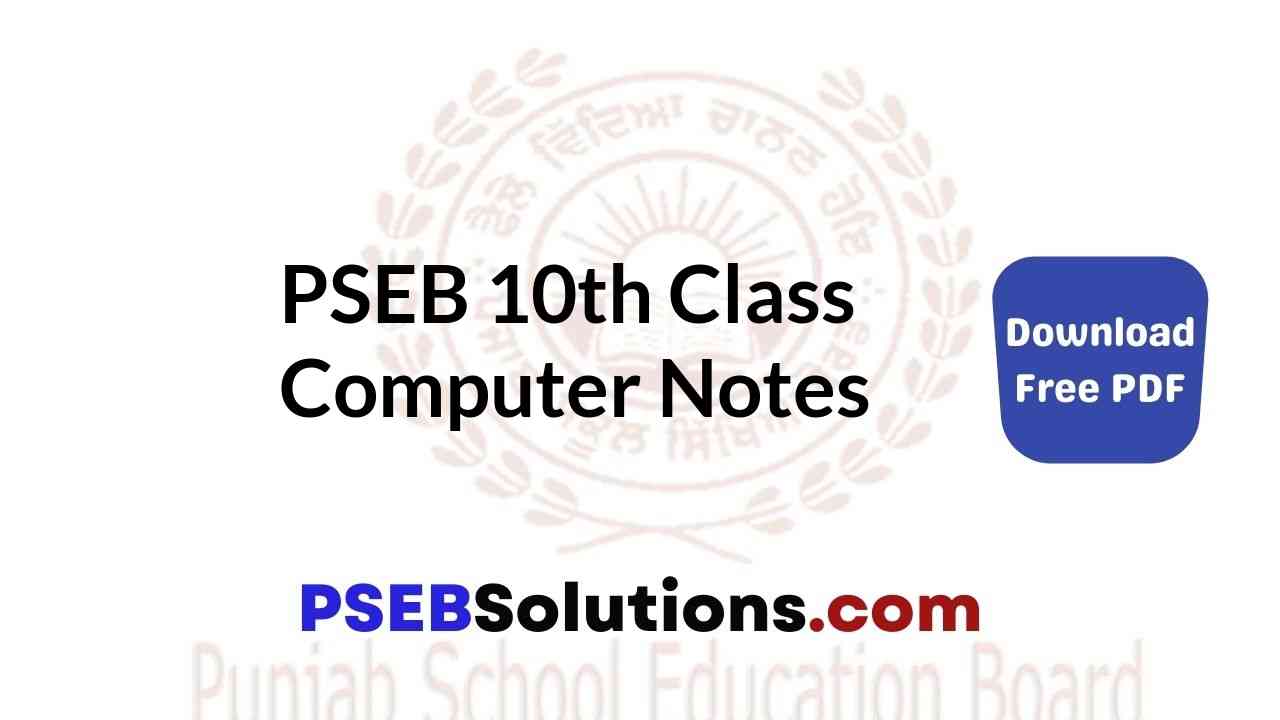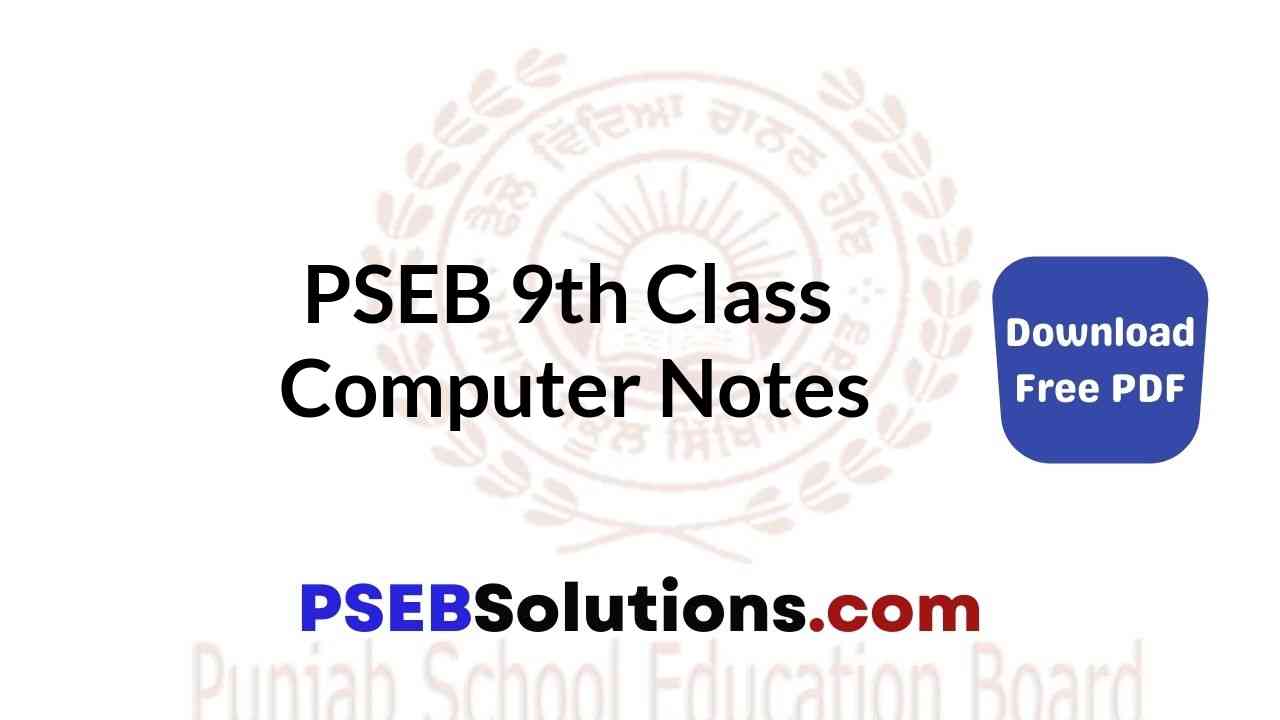Punjab State Board Syllabus PSEB 10th Class Social Science Notes Pdf in English Medium and Punjabi Medium are part of PSEB Solutions for Class 10.
PSEB 10th Class Social Science Notes in English Medium
PSEB 10th Class Social Science Notes: Geography
- Chapter 1 India: An Introduction Notes
- Chapter 2 Land Notes
- Chapter 3 The Climate Notes
- Chapter 4 Natural Vegetation, Wild Life and Soils Notes
- Chapter 5 Land Utilization and Agriculture Notes
- Chapter 6 Minerals and Power Resources Notes
- Chapter 7 Population Notes
SST Notes for Class 10 PSEB: Economics
- Chapter 1 Basic Concepts Notes
- Chapter 2 Infrastructure of the Indian Economy Notes
- Chapter 3 Agricultural Development in India Notes
- Chapter 4 Industrial Development in India Notes
PSEB 10th Class Social Science Notes: History
- Chapter 1 Physical Features of the Punjab and their influence on its History Notes
- Chapter 2 Political and Social Conditions of the Punjab before Guru Nanak Dev Ji Notes
- Chapter 3 Guru Nanak Dev Ji and his Teachings Notes
- Chapter 4 Contribution of Sikh Gurus from Sri Guru Angad Dev Ji to Sri Guru Teg Bahadur Ji Notes
- Chapter 5 Guru Gobind Singh Ji’s Life, Creation of Khalsa and his Personality Notes
- Chapter 6 Banda Bahadur and the Sikh Misals Notes
- Chapter 7 Ranjit Singh: Early Life, Achievements and Anglo-Sikh Relations Notes
- Chapter 8 The Anglo-Sikh Wars and Annexation of Punjab Notes
- Chapter 9 Punjab’s Contribution towards Struggle for Freedom Notes
Social Science Notes for Class 10 PSEB: Civics


